This witch doesn’t fly around on a broomstick, yet an unexpected sighting of a 7-inch black moth in October is likely to catch your attention.
For some cultures, the presence of a black witch moth is especially ominous. For others, a witch encounter is fortunate foreshadowing.
None other than Carl Linnaeus first described the black witch moth to science, but the species had a history that far preceded this declaration. The core range for the moth stretches from Brazil to the southern United States.
Black witches are the largest of the noctuid moths, the diverse family that represents nearly 25% of moth diversity in North America. Sexually dimorphic, females are slightly larger, paler in color, and show a line of light pinkish and white scalloped bands across the wings.
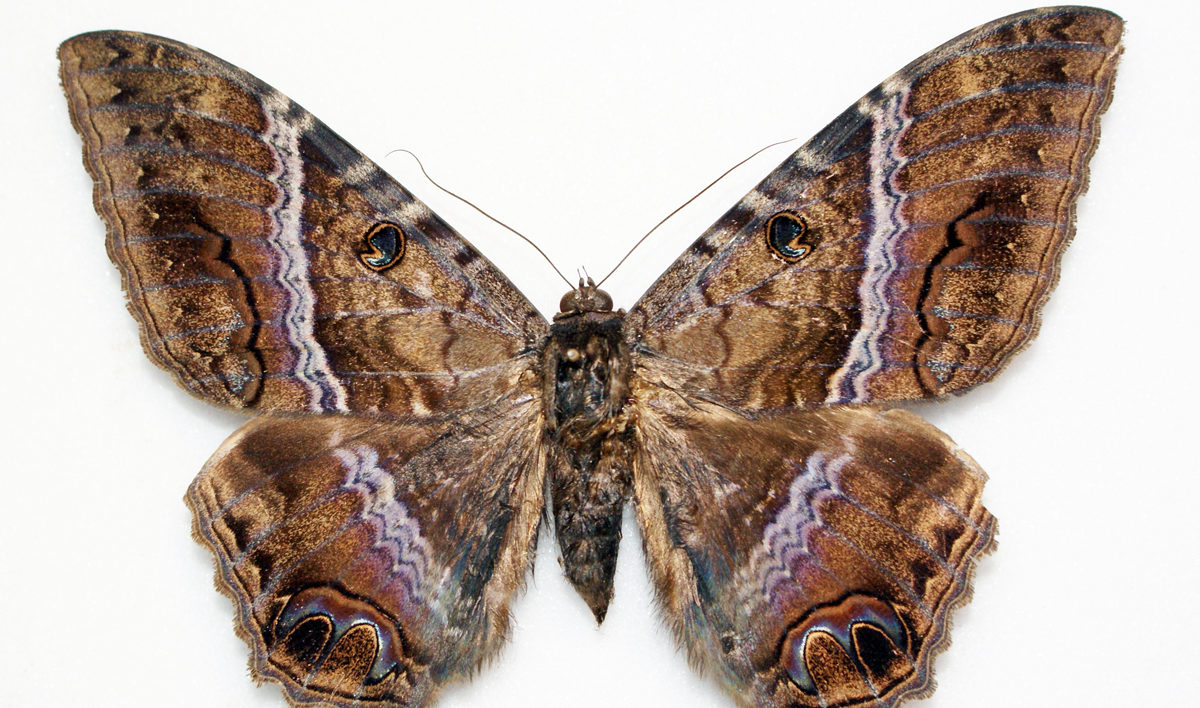
The eyespots on the wings are especially daunting. These circular dots with an accent give the impression of commas or the number 9. Matching m-shaped patterns appear on the hind-wings of fresh specimens, but these markings aren’t visible on tattered individuals.
In the tropics and extreme southern regions of the United States including the Rio Grande Valley of Texas and southern Florida, black witch moths can be active throughout the year.
While adult moths generally only survive for a few weeks, multiple staggered generations keep adults visible for extended durations.
In the southern United States, moths seen in spring and early summer may represent individuals that migrated north from Mexico during the rainy season. They may also be adults that have recently emerged from cocoons.
Black witches thrive on woody species host plants including mesquite, acacia, locust, and Kentucky coffee. Caterpillars feed on the leaves during the night, and spend daylight hours tucked under bark crevices. Adults can feed on tree sap.
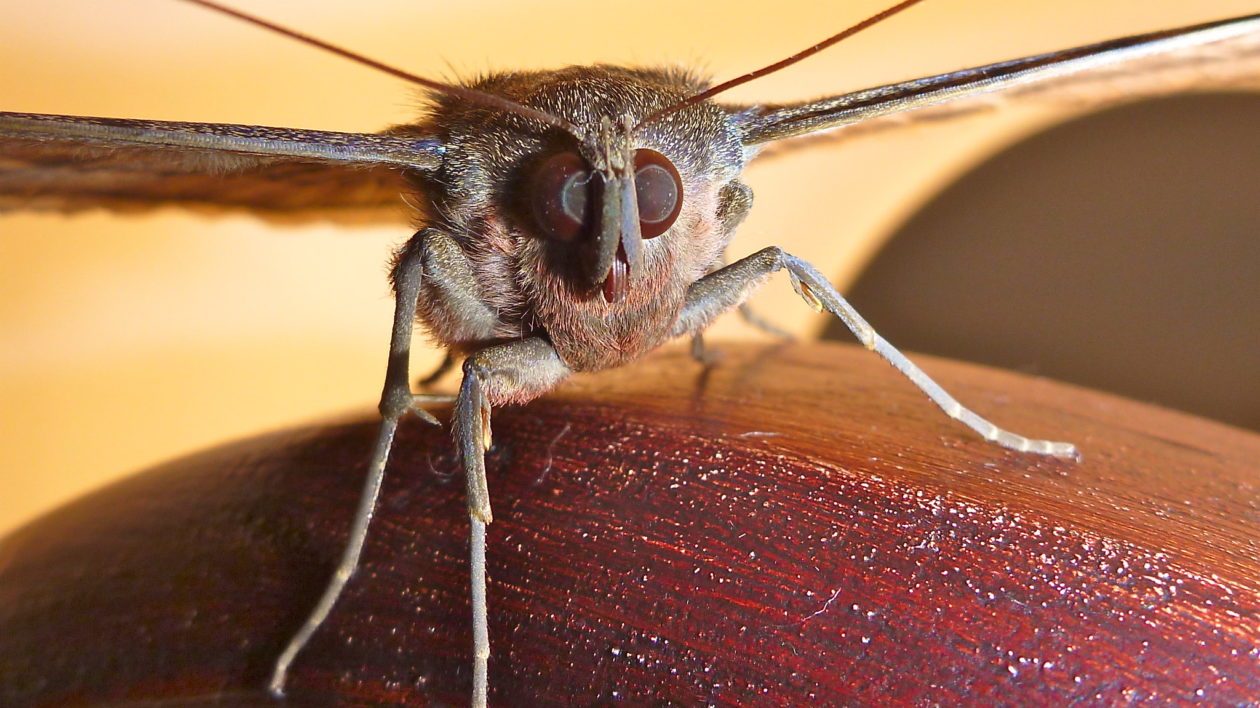
Northern Fliers
Strong aviators, witches are often mistaken for bats in flight. Black witch moths stray far to the north with some regularity. Long flights bring witches as far north as Canada.
These nocturnal migration movements can happen between June and October. Northern sightings seem especially common in the fall, and in a few instances, correlate with tropical storm system movements.
As reported on iNaturalist, DougNaturalist (Doug Gochfeld) documented a black witch moth fluttering in the Tribute in Light Memorial in New York City on September 11, 2020. Other fall sightings in the north this year include reports from Colorado, Wisconsin, Michigan, and Ontario.
The individuals pushed north are often tattered from the long journey. They typically won’t survive to reproduce, but documentation of these extremes does help researchers fill in the gaps and movements and understand potential expansions beyond the core range of a species. They can also be quite exciting for observers to witness something unexpected and rare.
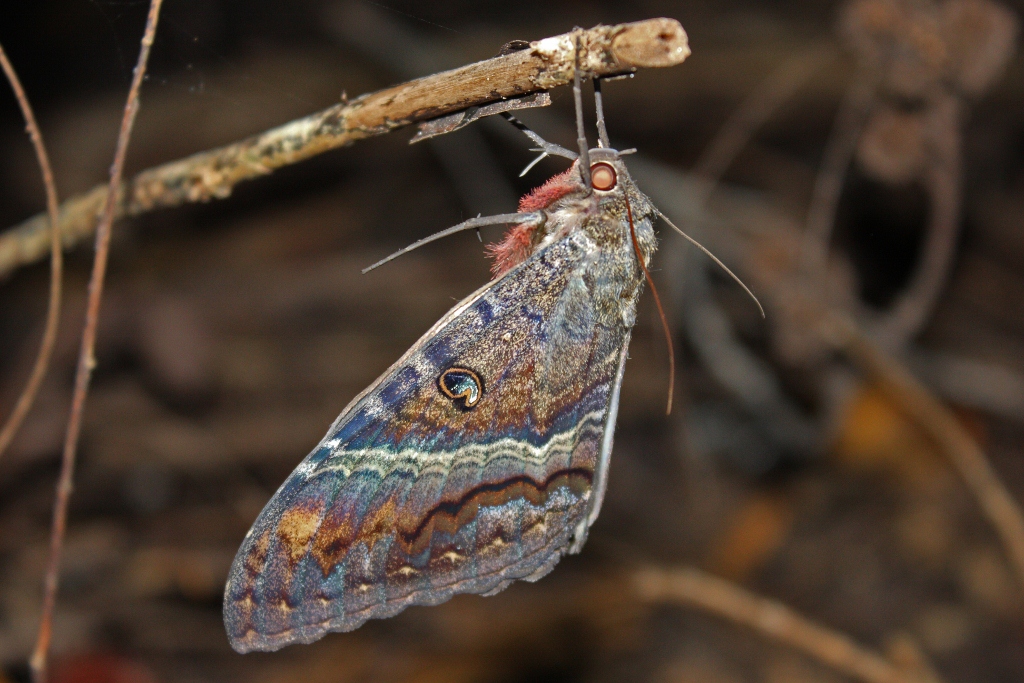
Witch Tales
Black witches have a longstanding place in folklore throughout much of their range.
In parts of Mexico and the Caribbean the arrival of a black witch indicates impeding death, especially if an illness is already present in the house. Variations on this are that the moth must visit all four corners of a room to bring doom.
For some cultures, the visit from the black witch is symbolic of a deceased loved one’s soul returning to greet you.
In Paraguay, some people believe the moth can lead to blindness. Some parts of Mexico hold the belief that the moth makes a person go bold.
The species has a cameo appearance in Silence of the Lambs. In the novel black witch moth pupa were left with the victims. The movie poster, however, depicts a death’s-head hawkmoth.
Black witches have also been credited with bringing good fortune. In south Texas a moth might be the prelude to your lottery winnings.
Similarly, known locally as money moths in the Bahamas, the hope is that you’ll gain riches if you see a black witch.
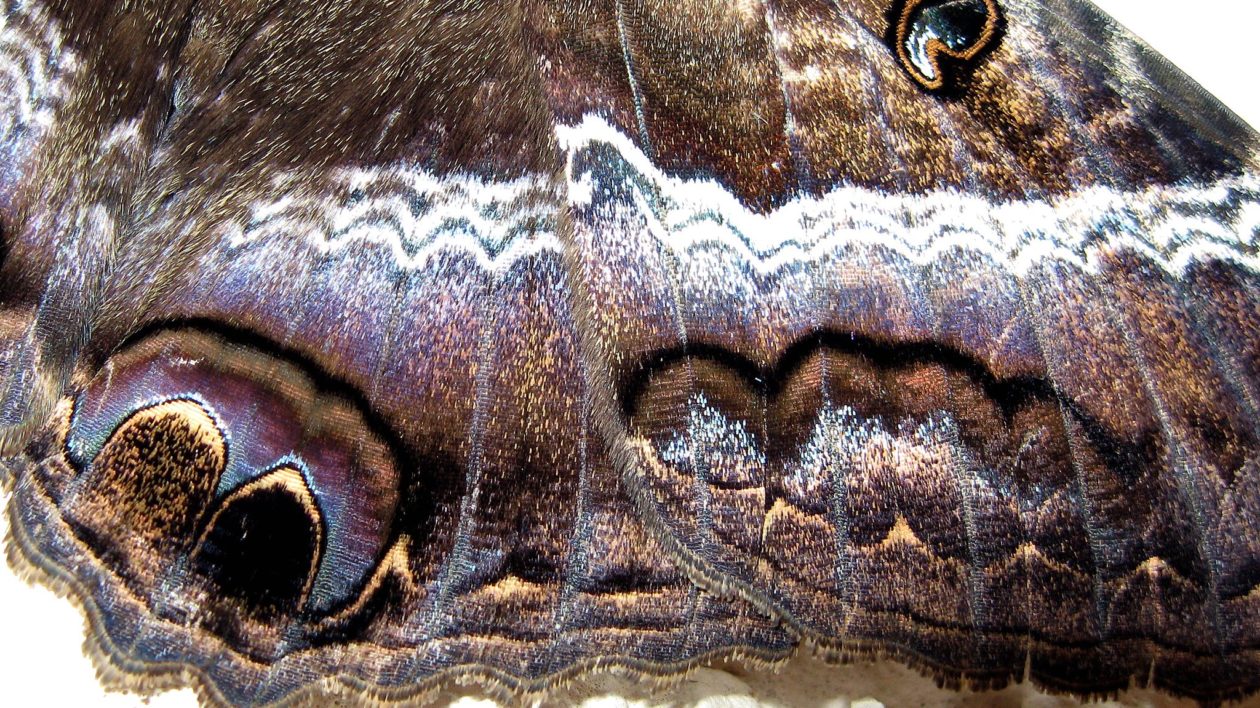
Witches’ Brew
Many of the witch viewings occur by happenstance. Clearly folks regularly find the moths perched close to, or sometimes inside, human structures in the morning.
Nocturnal by nature, black witches are attracted to lights, be it black lights set up for mothing, or street lamps shining. Smaller moths are easy to overlook in the night sky, but the hefty black witch is hard to miss in flight.
Black witches can also be enticed in with bait stations. Simply leaving sliced apples or bananas out can act as a moth feeding site. And preparing a batch of “witches’ brew” can be used to attract a number of moth species. Bait is a concoction of bananas, sugar or molasses, and cheap beer. Smear this directly on the trunks of trees (be aware that it might discolor the bark slightly) or on a board you put out. A bird feeder designed for smearable suet could do the trick.
As the calendar turns to October, witches continue to be spotted in the night sky. With their bat-like flight, black witch moths may bring with them treats of fortune or bad omens. Either way, it is sure to be a memorable encounter.
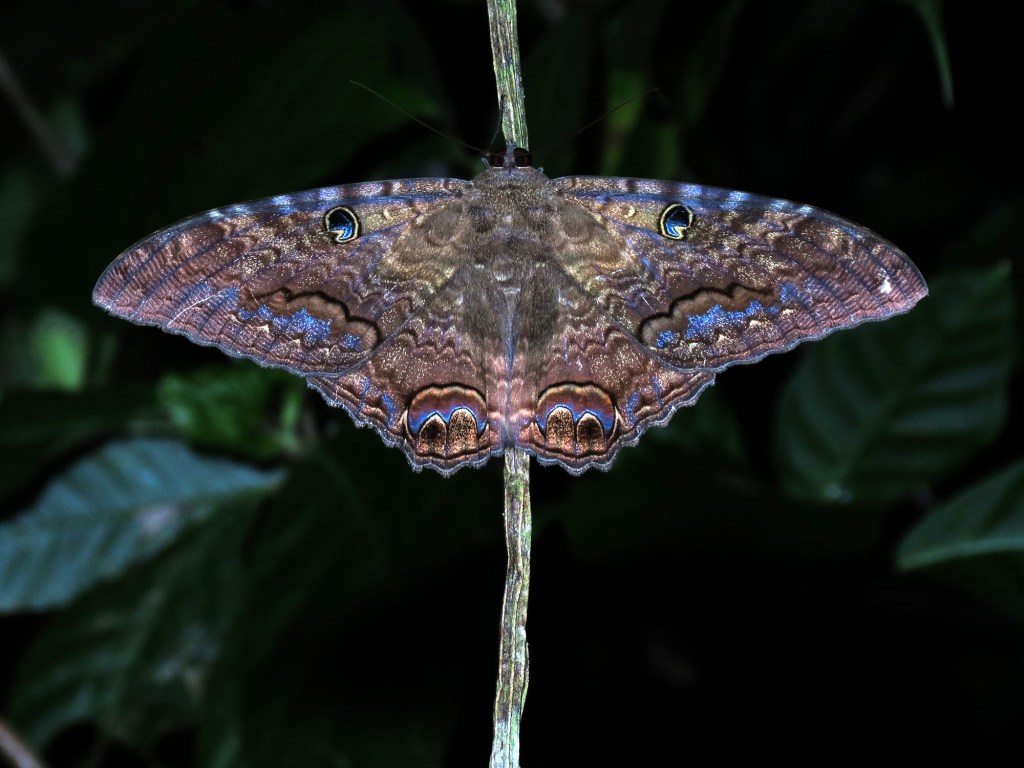



My daughter and Son in law were celebrating their Anniversary on October 23, 2024 in Kona Hawaii when they spotted what was first thought to be a Bat, while dinning next to the waves in a beautiful restaurant. The night sky was lit so the waves could be seen. The moth came and fluttered by them and landed on the railing next to their table and stayed there for an extended time. My Sister who had passed away a month earlier were very close. an employee came to their table and explained the cultural meaning and said that once the person that passed was named the moth would flutter away, believing that you know who came to say their good buys. And this is exactly what happened. She wanted to be forever in Hawaii, and know we know she got her wish.
I have been watching one this evening in Estevan, SK. Canada. August 29, 2024. Seems like it is quite a bit north of where they usually are.